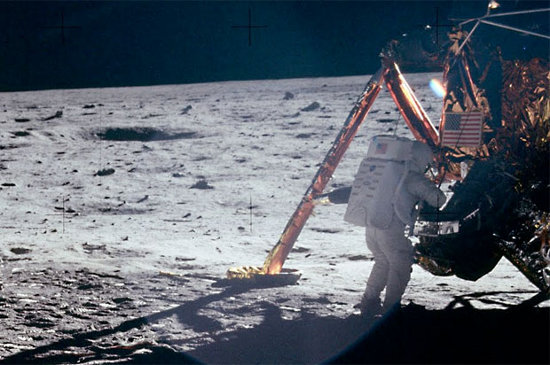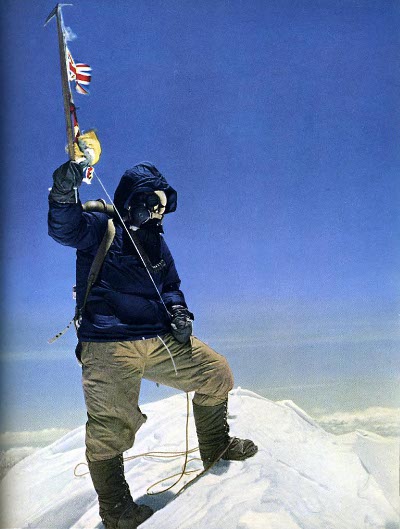You may have heard that NASA recently determined that the space probe Voyager 1 crossed the heliopause and entered interstellar space on August 25, 2012. Figure 1 shows an image of the radio signal from the probe. The heliopause marks the boundary beyond which charged particles from interstellar space (ejected by previous generations of stars) are no longer deflected by particles from the solar wind. At about 12 billion miles from Earth, Voyager 1 became the first human-made spacecraft to have formally left the solar system.
Voyager 1 was launched on September 5, 1977, primarily to explore the planets Jupiter, Saturn, and their satellites. It continues to communicate with the Deep Space Network and to return data.
You may wonder why the fact that it has left the solar system (though not the influence of the Sun's gravity) is significant. Indeed, from a purely scientific perspective, there isn't much to expect from Voyager 1 in the future. The probe is not heading towards any particular star. The closest it will come to the first star it encounters will be about 1.6 light-years -- and that will not happen for another 40,000 years. So it is hard to believe that the gold-plated audio-visual record on board the spacecraft will ever be found by an intelligent alien civilization. That record contains photos of lifeforms of Earth, a variety of scientific information, and various sounds. Nevertheless, there is something truly symbolic and inspiring in being first in any adventure in space exploration. Recall the commotion caused by the first artificial satellite, Sputnik 1, launched by the Soviet Union on October 4, 1957, or the excitement that accompanied the first person in space, Yuri Gagarin, in April 1961.

Figure 1. Image of the radio signal from Voyager 1, taken by the Very Long Baseline Array. Credit: NRAO/AUI/NSF.
Of course, to date, nothing beats the landing on the Moon by the Apollo 11 astronauts on July 20, 1969, in terms of the emotions it evoked. Figure 2 shows the late astronaut Neil Armstrong on the Moon. I know of an entire generation of scientists who still cite the landing on the Moon as the single event that inspired them to choose a scientific career. Historical milestones are important. When Edmund Hillary and Tenzing Norgay finally conquered Everest on May 29, 1953 (Figure 3), there was clearly no immediate benefit to humankind. But these types of accomplishments demonstrate what humans can achieve when they put their mind and determination into the task.

Figure 2. Neil Armstrong on the Moon. Credit: NASA.

Figure 3. Sir Edmund Hillary on the summit of Mount Everest. From http://www.rsvlts.com/2013/05/29/everest-photos.
Voyager 1 will probably not discover new worlds, but it has already taken the first step in interstellar travel for us.